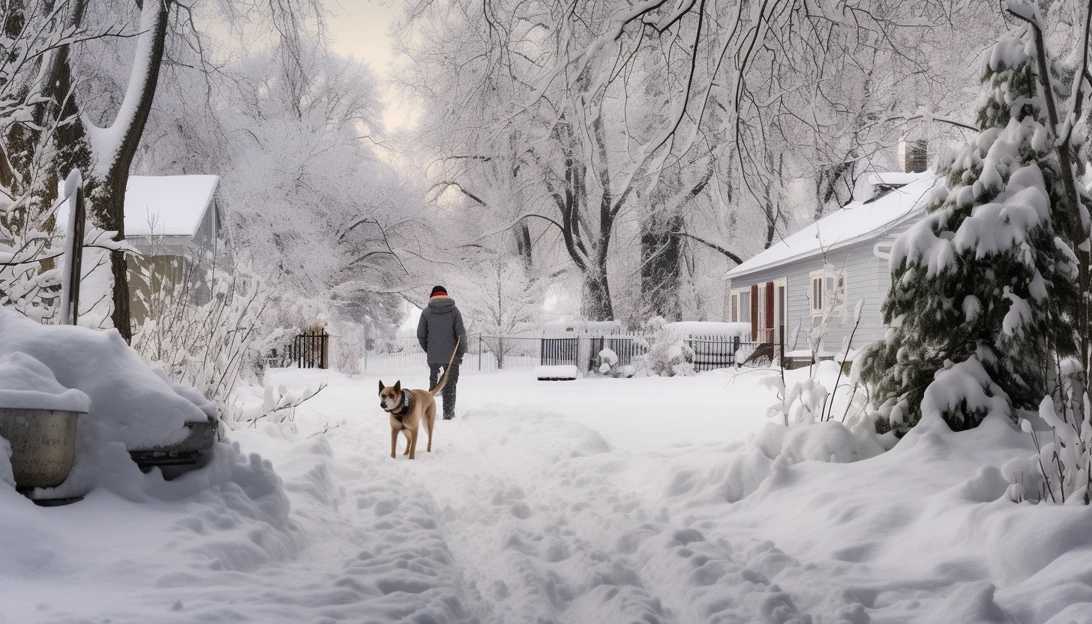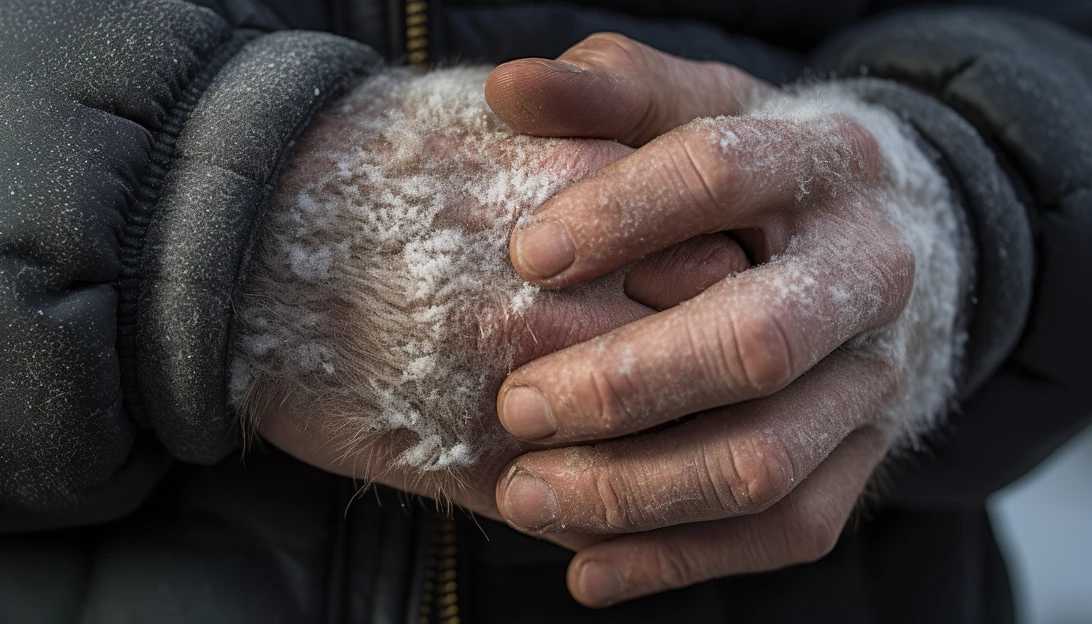Fitness + Well-being
published : 2023-12-10
Why you feel more aches and pains in the cold weather — and what you can do about it
One of the best tips for healthy living during the colder months, doctors say: Stay active

As the weather transitions from warm to chilly to downright cold, you may notice that you feel a bit achier — and medical evidence suggests it’s more than just a feeling of the winter blues.
Doctors shared insights into why and how the cold weather affects your body — and what you can do to lessen the aches and pains as we approach winter.
There is a common notion that weather influences chronic musculoskeletal pain.
Many people report colder weather seems to make body aches and joint pain flare up, especially those who suffer with arthritis.
According to medical research, there is overall poor evidence to support a clear association between colder weather and musculoskeletal pain.
The difficulty in measuring pain, given the subjective nature of severity and the many variables of weather including temperature, humidity, and atmospheric pressure, make it challenging to establish a direct link.
However, there are theories that provide potential explanations for why cold weather may affect joints and increase pain.

One theory suggests that when the barometric pressure drops in cold winter weather, tendons and muscles may expand in confined joint spaces, leading to a flare-up of joint pain.
Another theory involves the thickening of synovial fluid in colder temperatures, which reduces cushioning and lubrication, resulting in stiffness and pain.
Cold temperatures also cause the constriction of blood vessels, decreasing blood flow to muscles and joints and making joints more prone to pain and stiffness.
Some individuals are more sensitive to changes in barometric pressure during cold and rainy weather, which can lead to increased pain due to tissue expansion in confined spaces such as joints.
People who suffer from achy joints or arthritis may have increased pain in cold weather, as cold temperatures result in hypersensitivity of sensitive nerves.
Higher humidity, along with cold temperatures, may also be more harmful to bone and cartilage cells in joints.
Inactivity during the winter months leads to decreased blood flow to the joints and increased stiffness, which can contribute to more pain.

To address these aches and pains, experts recommend continuing healthy habits such as getting good sleep, eating a healthy diet, and staying hydrated.
Drinking adequate water intake is just as important in winter to prevent joints from stiffening up and worsening joint pain.
Gentle exercise like walking is recommended to stretch and loosen the joints, promoting bone strength and preventing chronic musculoskeletal pain.
If aches and pains persist, over-the-counter medications such as ibuprofen may provide relief.
Emotional well-being has been shown to be linked to decreased pain, and finding activities that improve mood during the cold winter months can alleviate some of the pain.
Keeping warm is also important in combatting the aggravating factors of cold temperatures on joint pain.
Dressing in warm clothing and layers, using electric blankets and heating pads, taking warm baths or showers, and increasing the heat in your car or home can help alleviate joint pain caused by cold weather.
